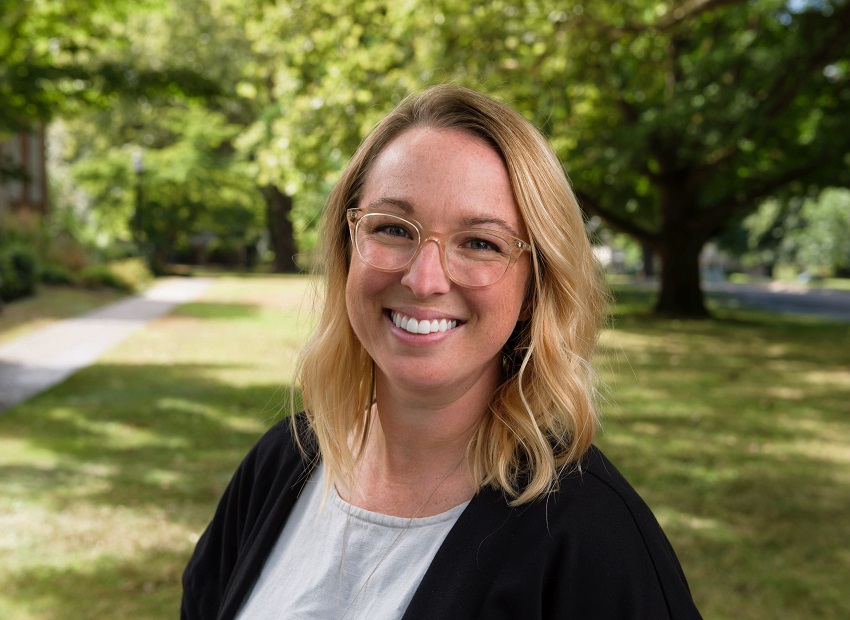How to Reduce the Cost of Applying to College
The cost of applying to multiple colleges can add up quickly! As reported by the National Association for College Admission Counseling in 2019, the average fee for each college application submitted is $50. This fee is used to help colleges cover the cost of processing applications; think staffing and technological support.
However, colleges and application organizations know that this cost can be a significant barrier for students, leading some schools to eliminate their fee altogether, or waive the fee automatically for students who state they will apply for financial aid. You can review the list of over 500 schools that have eliminated their application fee through the Common App’s College Search tab (this requires creating a free account, with options for parents, too). From this tab, select the More Filters option, and under Application Fee, check the box for No fee for domestic applicants (U.S. Citizens). Using the College Search tab, you can also search for individual schools to see how much they charge individually.
Most institutions provide the option to apply for a fee waiver. A fee waiver eliminates the cost of the application and is typically reserved for families that can demonstrate financial hardship. Fee waivers can be obtained through a high school counselor or directly from a college’s admissions office, which will typically be granted using one of the following qualifications:
- Enrolled in or eligible to participate in the federal free or reduced-price lunch program
- Received or are eligible to receive an SAT or ACT fee waiver
- Annual family income falls within the income eligibility guidelines set by the USDA Food and Nutrition Service
- Student’s family receives public assistance
- Enrolled in a federal, state, or local program that aids students from low-income families (such as GEAR UP or TRIO)
- Living in a federally subsidized public housing, a foster home, or are homeless
- Considered ward of the state or an orphan
- Received or are eligible to receive a Pell Grant
- Family adjusted gross income is up to $100,000.
- The student qualified for an SAT fee waiver.
- The student is an orphan or ward of the court under the age of 24.






